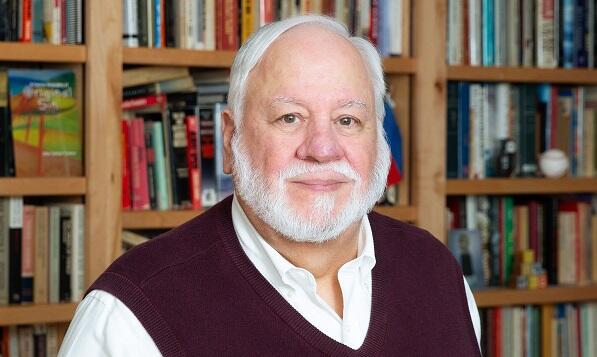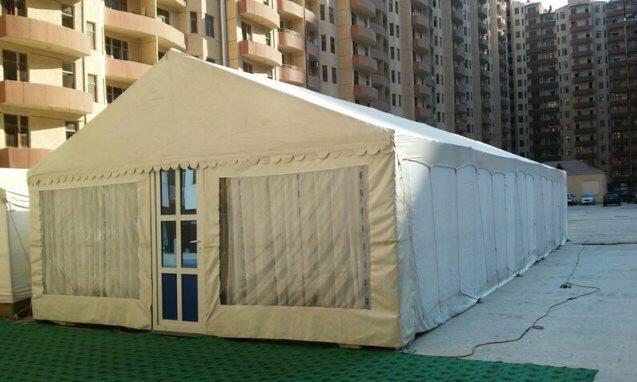Axar.az presents an article "Those Simpler Times" by John Samuel Tieman.
I love medieval history. Before I retired, students used to ask if I would like to live in the Middle Ages. “Perhaps for a day. For extended stays, I'd like my dentist to come with me.”
According to a recent Pew survey, the majority of Americans believe that life was better fifty years ago. That sentiment is reflected in slogans like, “Make America Great Again.”
In my teaching, I often encountered that kind of nostalgia, which really is more a schmaltzy sentiment than a fact-based vision of the past. When I taught about the medieval period of Europe, I'd counter that schmaltz with a series of questions. Anyone here ever had a broken bone? Bad teeth? Been pregnant? Need glasses? Ever had an infection? Anyone here a Protestant? Then I'd give these answers.
Ever been pregnant? Statistics are surprisingly difficult on this subject. Most women seem to have had six or seven children. On the far end of the bell-shaped curve, Lapa Piagenti, the mother of St. Catherine of Sienna, had 25. The epidural had yet to be invented – and you wonder why convents were so popular. It seems likely that about 1 in 20 women died in childbirth. In Florence in the 1420s, childbirth accounted for the death of one in five married women. And for all the trouble you went through with that pregnancy thing, about one in five children died before age two.
Do you wear glasses? You know how the world looks when you go outside, and you suddenly realize that you left your glasses on the kitchen table? That's the way the world would always look in the Middle Ages.
Ever had an infection? The flu? An abscess? We're talking centuries before germ theory. Some of the leading causes of death in the Middle Ages were: plague, influenza, abscess, leprosy, “sweating sickness”, arthritis, dysentery, tuberculosis, and cholera. Fun fact: The red and white stripes of the barber pole originated from the practice of bloodletting, which was used to treat everything from common colds to deadly diseases.
Ever broken a bone? In medieval times, your barber-surgeon – and yes, your surgeon would likely be a barber, because they had the sharp tools – your barber-surgeon knew quite a bit about setting bones. In the case of a complicated compound fracture, however, amputation was common. Amputation takes a complicated wound and turns it into a simple one. There was no anesthesia.
Anyone a Protestant? A Jew? A Muslim? Or, more broadly, ever read the Bible and say out loud, “I don't know – walk on water, really?” In the late Middle Ages, in what is today the Czech Republic, Jan Hus called for preaching and Bible reading in the vernacular. He thought Christians should receive communion in both species, the bread and the wine. Hus also opposed the sale of indulgences. Seems pretty harmless, right? For these and other ideas, he was by the Church burnt unto a crispy critter.
Are you still schmaltzy nostalgic for the good old days? Perhaps the worst part of such nostalgia is that it oversimplifies the past, and makes the present seem overly complicated, undesirable, incomprehensible and even dangerous.
Some forms of nostalgia hide an agenda. “Make America Great Again” longs for an era of white supremacy, Jim Crow Laws, “Ozzie And Harriet”, redlining, and segregated schools. We forget the House Un-American Activities Committee, the Korean War, the lynchings of Black folks. To white folks, such nostalgia makes the past seem like “simpler times”.
But about the Middle Ages. I offer this corrective vision of the past. Let's start with a few corrective questions about the Middle Ages. What is simple about the “Summa Theologica ” of St. Thomas Aquinas? For all the folks who love “Game Of Thrones”, ever read “Sir Gawain And The Green Knight”, “The Poem Of The Cid”, “The Canterbury Tales”? Who can sit amid the ruins of the monastery on Iona, and not have their piety enkindled?
Would I like to go back to the Middle Ages? To live, no. But I'd like to visit for a day. I'd like to attend Mass at Notre Dame Cathedral in 1345, the year it was largely completed. Then I'd like to attend a lecture at the University Of Paris. (In my fantasy, the magic of transportation also magically infuses me with medieval Latin, the language of Catholic liturgy and scholarship.) Mostly I'd just like to walk around. But live? It was a simpler time, 1345, the year before the onset of the Black Death in Europe.




















































